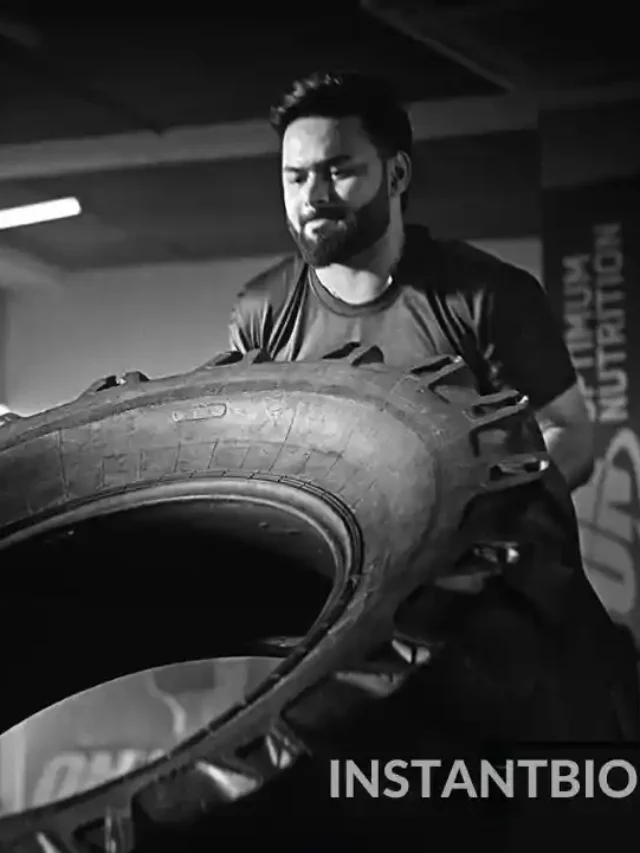Table of Contents:
- Understanding TPD: A Veteran’s Guide
- Evaluating Eligibility: Who Qualifies for TPD Benefits?
- The Application Procedure
- Overcoming Challenges in the TPD Application Process
- The Role of Medical Professionals
- Legal Considerations and Rights of Veterans
- The Impact of TPD Status on a Veteran’s Life
- Looking to the Future: Changes and Improvements
Understanding TPD: A Veteran’s Guide
The term Total and Permanent Disability (TPD) stands as a testament to the immense sacrifices made by veterans who have suffered irreparable harm due to their service. Recognizing this, the Department of Veterans Affairs (VA) extends TPD benefits as a critical support system, aiming to provide financial security and acknowledge their honorable service. To fully grasp the broad implications and procedure for obtaining 100 total and permanent VA disability benefits, one must embark on a comprehensive journey beginning with understanding what TPD entails.
TPD status is achieved when a veteran cannot sustain any significant employment due to disabilities that are service-connected. The VA recognizes that these disabilities can arise in many forms and often require a thorough analysis of the veteran’s health and circumstances to determine the extent of disability accurately.
Key Takeaways:
- Understanding the definition of TPD and the eligibility criteria for veterans to qualify for these benefits.
- Guided steps through the application process, including gathering and submitting necessary documentation.
- Tips and advice on overcoming potential challenges may arise during the application process.
- The significant role of medical professionals in a veteran’s journey to obtaining TPD benefits.
- Exploring the legal rights and avenues available to veterans, including appeals processes.
- The profound changes in lifestyle and financial stability that TPD status can bring to a veteran’s life.
- Resources and organizations dedicated to supporting veterans beyond the scope of TPD benefits.
- Inspiring stories from veterans who have successfully navigated the complexities of obtaining TPD benefits.
- Anticipating future legislative updates and improvements in technology that may impact veterans with TPD.
Evaluating Eligibility: Who Qualifies for TPD Benefits?
To be eligible for TPD benefits, veterans must meet specific criteria, such as having a combined disability rating of 100% from the VA, which reflects the totality of their service-connected disabilities. The veteran must provide substantial medical evidence to validate their claim, showing that their conditions fully impede gainful employment. It goes beyond merely having a high disability rating; the evidence must illustrate a direct nexus between their service and the incapacitating nature of their conditions.
This eligibility assessment considers various factors, including the severity of the disability, the veteran’s employment history, and their ability to adapt to work settings despite their disability. All these aspects come together to underscore their need for TPD benefits.
The Application Procedure
Securing TPD benefits starts with a complex yet navigable application procedure. The VA requires veterans to submit a comprehensive package that includes medical records, evidence of service connection, and often detailed statements from healthcare providers. The rigor of the application process ensures that only those in need of TPD benefits receive them. Veterans must maintain an organized file of all their medical documents, service records, and other pertinent information that validates their claim.
Overcoming Challenges in the TPD Application Process
Navigating the VA’s red tape can be one of the most formidable challenges for veterans applying for TPD benefits. The intricacies of the application process, coupled with lengthy processing times, can lead to frustration and discouragement. However, strategies to mitigate these challenges include seeking assistance from VA-accredited representatives or utilizing veteran service organizations specializing in claim assistance.
Proactively following up on one’s application and promptly responding to any VA requests for additional information can accelerate the process. Moreover, drawing on the collective wisdom of the veteran community through forums and support groups can provide invaluable insights and moral support.
The Role of Medical Professionals
Medical professionals are uniquely influential in the journey towards TPD benefits. Their medical examinations and ongoing assessments form the backbone of a veteran’s claim, offering vital third-party validation for the severity of their conditions. Healthcare providers supply critical medical evidence and craft narratives that humanize the statistical evidence, enhancing the persuasiveness of the veteran’s case.
Thus, frequent and thorough communication with treating physicians can significantly bolster a veteran’s application. Ensuring that medical professionals understand the VA’s criteria for TPD benefits is also vital, as they can more effectively articulate the veteran’s disability within that framework.
Legal Considerations and Rights of Veterans
A stringent legal framework governing the administration of TPD benefits entails precise regulations and protocols. Fortunately, the system has checks and balances that allow veterans to appeal adverse decisions. Understanding the legal processes and exercising the right to obtain legal counsel can substantially affect the outcomes of appealed decisions.
Furthermore, veterans should be aware of the timeframes for filing an appeal after an unfavorable decision to ensure they take advantage of this critical opportunity for recourse. Veterans seeking total and permanent disability benefits may find it challenging to navigate the application process. A lawyer with expertise in VA disability benefits can help ensure all required paperwork is correctly filled out and submitted. Furthermore, they can advocate on behalf of the veteran, presenting compelling arguments and evidence to the VA to maximize the chances of a favorable decision and ensure the veteran receives the benefits they rightfully deserve.
The Impact of TPD Status on a Veteran’s Life
Achieving TPD status can profoundly affect a veteran’s life, marking the beginning of a new chapter. It brings a certain level of financial stability through monthly compensation payments and provides access to VA benefits like healthcare, which become even more crucial given the veteran’s condition. A comprehensive outline of life after TPD designation can help the veteran understand the full array of benefits and how they can positively impact daily life.
The implications of these benefits extend beyond the individual to their families, providing educational assistance, home loan guaranty, and more. It is not just compensation; it’s a multifaceted support structure that aims to uplift the lives of those who have given so much for their country.
Looking to the Future: Changes and Improvements
The landscape of veteran affairs is continuously evolving. With ongoing legislative efforts to improve TPD policies and technological strides that streamline the application process, keeping informed of these changes is vital for professionals assisting veterans and the veterans themselves. Whether through new laws that expand eligibility, increased funding for veteran benefits, or the development of online platforms for easier claim tracking, the potential for progress in the service of our nation’s heroes remains boundless.












